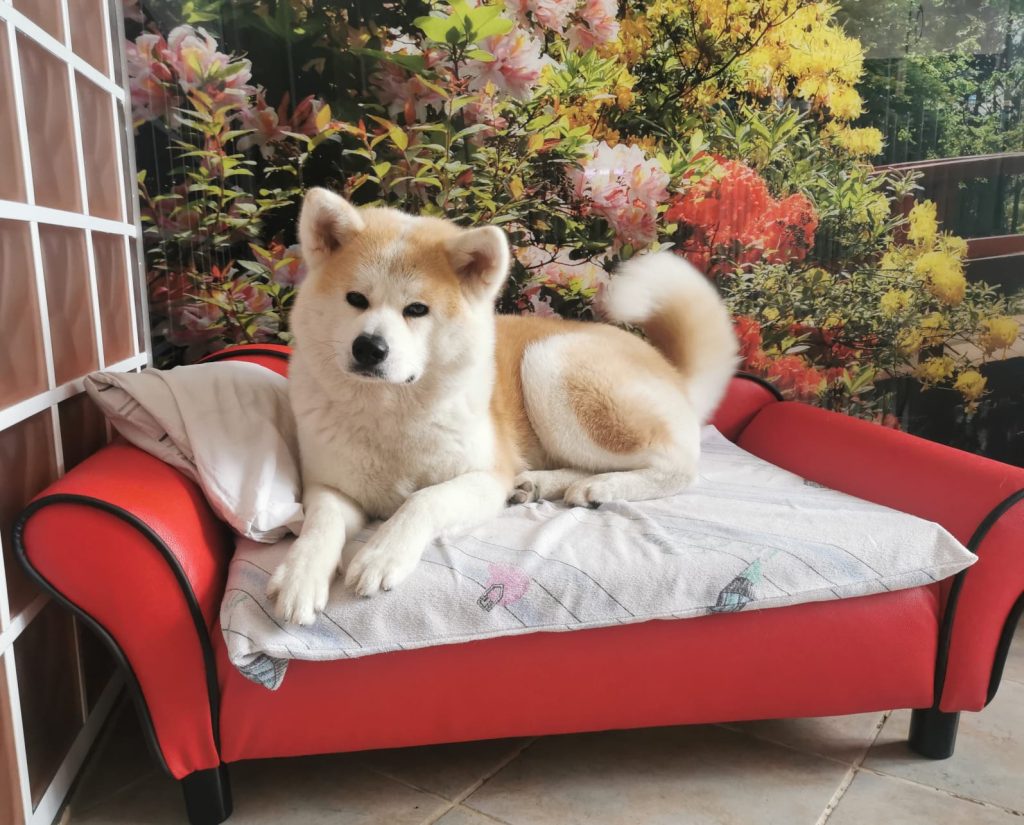
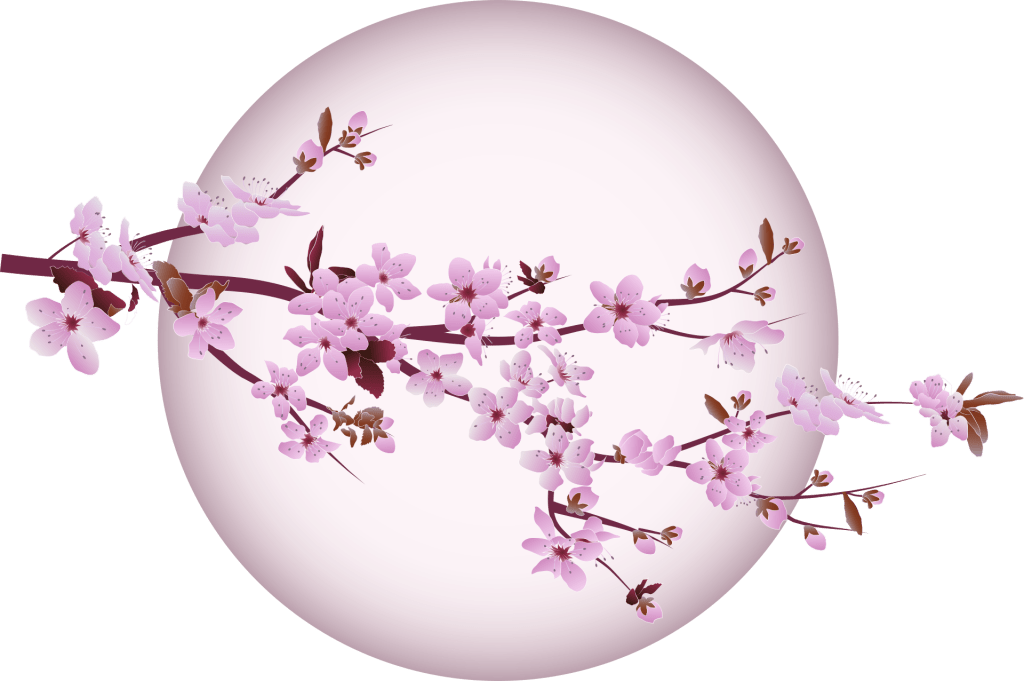
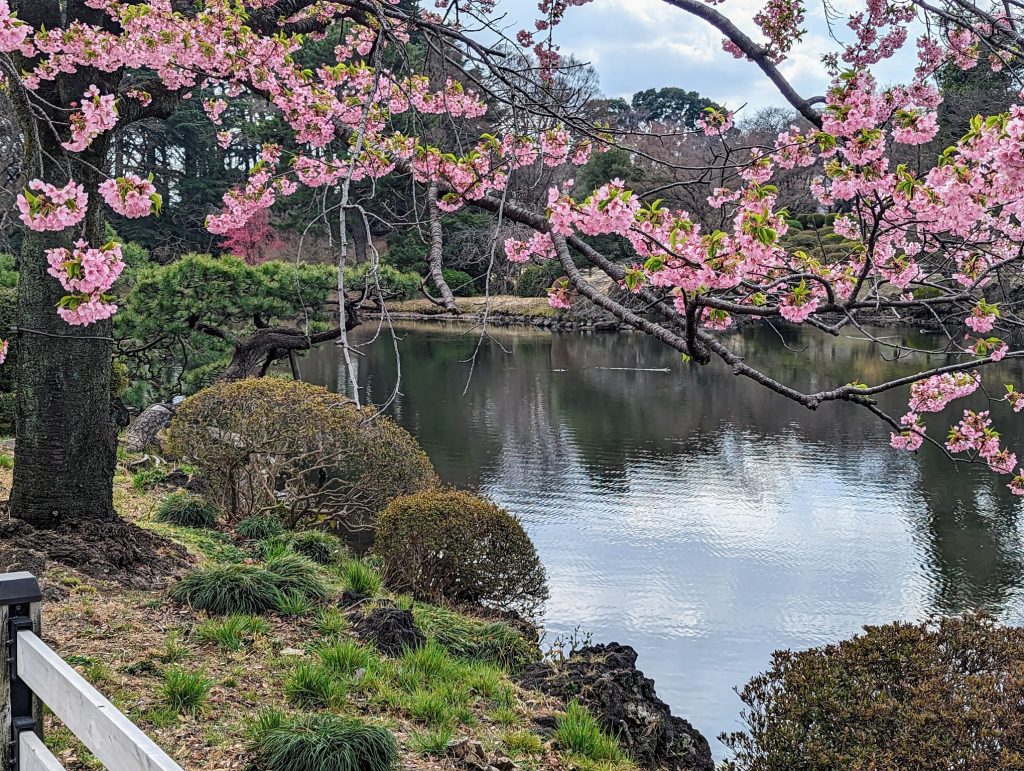
An Akita in the garden can cause considerable damage, and it can also harm itself. The puppy is very curious and sometimes bites plants that may be poisonous to him. The owner of a dog running loose in the garden must be responsible and aware of the dangers lurking there for his pet (poisonous plants, ticks, and even bees and wasps) and the potential damage to which garden plants are exposed from the dog (undermined roots, bitten stems, dried conifers). ). However, with a bit of imagination and effort, you can perfectly combine having a beautiful garden with the safe presence of your Akita in it.
There are a few things to remember:
In our garden, in a place accessible to the dog, there should be no poisonous plants such as: azalea, datura (angel's trumpets), common ivy, hops, yew, holly, thuja, wisteria, marigold, lantana, delphinium, honeysuckle, laburnum, strong aconite, May lily of the valley, daphne, autumn winterberry (similar to crocus), purple foxglove, horse chestnut (swallowing a chestnut may result in severe poisoning and, in the mildest case, gastrointestinal obstruction). Also pay attention to the common privet used as a hedge - a shrub from the olive family. Its fruits (black and shiny - similar to berries) are poisonous! It is worth mentioning the dangerous plants that can be found in our homes: spurge (including star of Bethlehem, croton), diffenbachia, oleander, anthurium, philodendrons (including monstera), ivy, cyclamen, fig tree, dracaena.
* At this point, we should also mention the potential danger from bad people who may intentionally throw a dog treat stuffed with poison into our garden. Therefore, it is worth teaching your dog from a puppy not to eat food from strangers or food lying on the ground. So, at home, let's not show him with a finger that we have dropped something and let him eat it. It's better to pick it up from the floor yourself and throw it into the dog's bowl - because that's what he should eat from. Bad habits are difficult to break later. Please remember that conifers are very sensitive to dog urine. When our dog starts peeing on them, they will turn yellow and dry. If we really want to have them in the garden, we should plant them in compact groups - choosing species with spreading branches so that the dog does not pee on the trunk of the plant. The only suitable trees for a garden with a dog are dwarf pine, Scots or black pine, and Hetza or Sabine juniper. However, single, towering coniferous bushes must be covered with pine trees. We do not plant any flowers near the fence and we leave a half-meter-wide path along the fence so that our pet can run around the fence. The path can be separated from the garden with a low net or fence. You can also plant a hedge that will be thick and wide enough so that the dog cannot cross it. It is best to create such a hedge of deciduous shrubs, which are more resistant to dog urine than conifers. Jasmine trees, forsythias and barberry trees are suitable for this purpose. You can also build a dog kennel in the garden, with a fence made of steel mesh or wooden elements covered with ecological impregnations. The playpen can be placed next to the fence (but remember that hostile people may throw some dog treats stuffed with poison into it), but it should be adjacent to it with its longer side. Please remember that part of the pen area is shaded and that the dog has constant access to water, and that the dog should not stay in the pen all day! You need to let him out at least twice a day for an hour to run around. The size of the pen depends on the size of the dog. The minimum size of a kennel for a medium-sized dog is 2 x 6 meters. There should be a kennel in the pen where your pet can shelter from rain and cold. Building a kennel is a separate topic. However, you should remember about the vestibule and the platform in front of the kennel so that the dog does not lie in the mud after the rain. You can create a dog toilet in the corner of the garden. We pave the designated place on three sides and cover it with sand. After a nap, we immediately take the puppy to the designated place and if it does its needs there, we praise and reward it. However, it is better to take your dog for a walk outside the garden 2-3 times a day at regular times, this may prevent it from doing its business in the garden completely. The garden will then be used for playing and running (e.g. chasing a ball) and not as a "dog toilet".
Prepared by: Izyda Bach-Żelewska
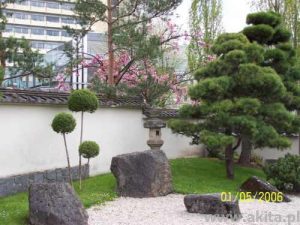
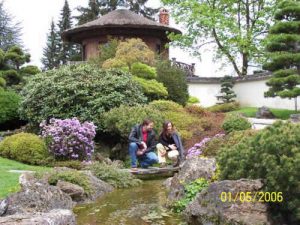
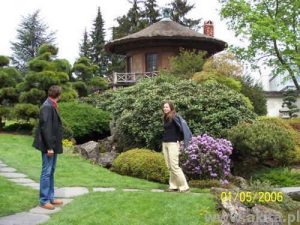

Copyright for all this photos: GM Solich (owner Akita u Izis FCI UTA)